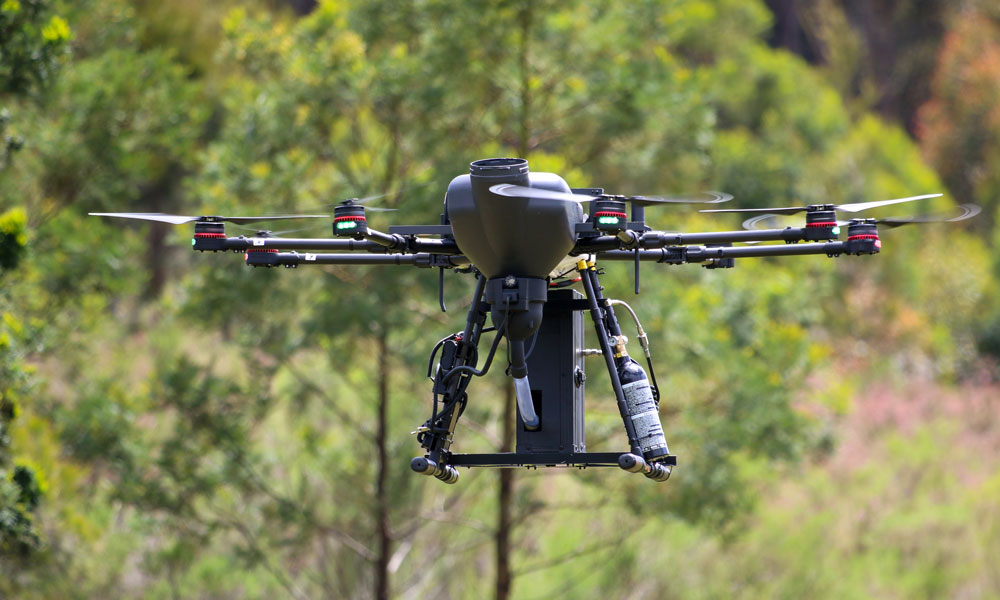Drones are becoming increasingly popular in a variety of industries, and agriculture is no exception. One of the most promising applications for drones in agriculture is automated seeding.
What is Automated seeding
Automated seeding is a process whereby drones are used to sow seeds directly into the ground. This process is highly efficient and can be carried out with great precision, making it ideal for large-scale agricultural operations.
We’ve all seen drones flying around and wondered what they are up to. Well, it turns out that some of them are actually helping farmers with their crops. Drones are being used for seeding, and it’s a pretty nifty process.
Here’s how it works:
First, the farmer creates a field map using GPS. Then, the drone is loaded with seed pods and flies over the field, following the GPS map. As it flies, the drone drops the seed pods into the ground.
This is a pretty big deal for farmers, as it can save them a lot of time and money. Seeding is a crucial part of farming, but it’s also a very labour-intensive process. By using drones, farmers can seed their fields much faster and with less manpower.
Not only that, but automated seeding also means that farmers can be more precise with their planting. They can target specific areas of their field and plant the seeds exactly where they want them. This is a huge advantage, as it can help improve crop yields.
So far, automated seeding has been a success. Farmers who have used drones for seeding have reported higher yields and less labour costs. It’s still early days, but it looks like drones could be a game-changer for the agricultural industry.
What are the benefits of using drones for automated seeding?
There are a number of advantages to using drones for automated seeding. First of all, it is a very efficient way to sow seeds. Drones can cover a large area in a short amount of time, and the seeds can be sown with great precision. This means that fewer seeds are wasted, and the chances of successful germination are much higher.
Another advantage of using drones for automated seeding is that it reduces the amount of labor required. Traditionally, seeding has been a very labor-intensive process. However, with drones, one operator can seed a large area in a relatively short amount of time. This reduces the cost of labor and makes automated seeding a more viable option for farmers.
Finally, automated seeding with drones is more environmentally friendly than other methods of seeding. This is because there is no need for heavy machinery, which can damage the soil. In addition, there is no need for fuel, which can be a major source of pollution.
Why would you want to choose drones for seeding?
Drones are becoming increasingly popular for a variety of tasks, including automated seeding. But why would you want to use drones for this purpose?
There are a few key advantages to using drones for automated seeding.
- First, drones can cover a large area quickly and efficiently. This is especially helpful if you have a large field or garden that you need to seed.
- Second, drones can be programmed to seed specific areas. This is helpful if you want to target a particular area for growth or if you want to avoid seed waste.
- Third, drones can be equipped with sensors that help them navigate around obstacles and ensure that the seeds are planted in the correct location. This is helpful in avoiding seed loss and ensuring that your plants get the best possible start.
- Fourth, drones can be equipped with cameras that allow you to monitor the progress of your seeding project. This can be helpful in troubleshooting any problems that may arise and in making sure that your seeds are germinating properly.
Overall, using drones for automated seeding can be a great way to save time and ensure that your plants get off to a strong start. If you are considering using drones for your next seeding project, be sure to take advantage of all the benefits they have to offer!



